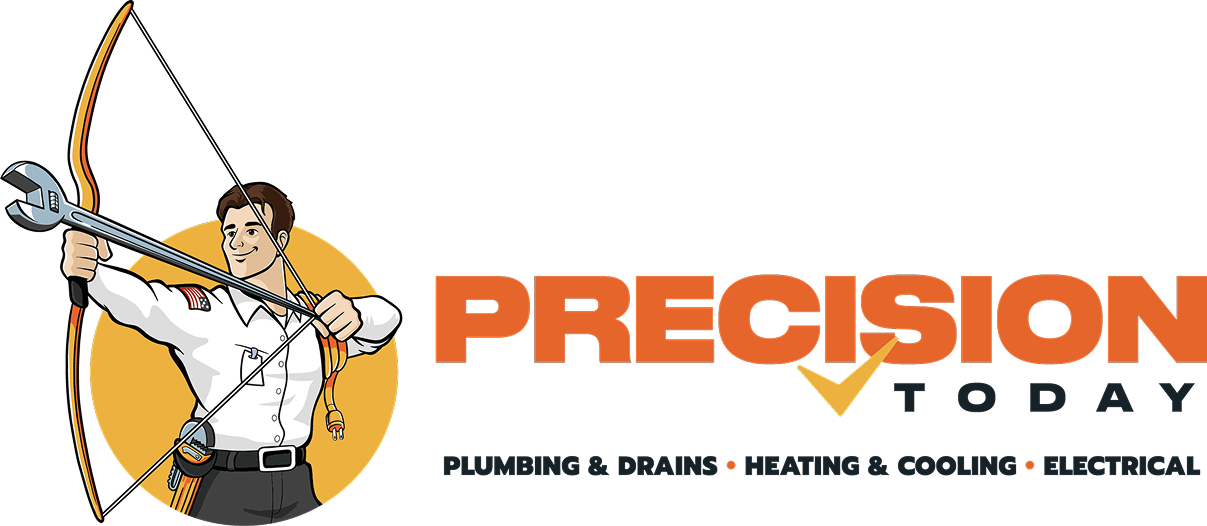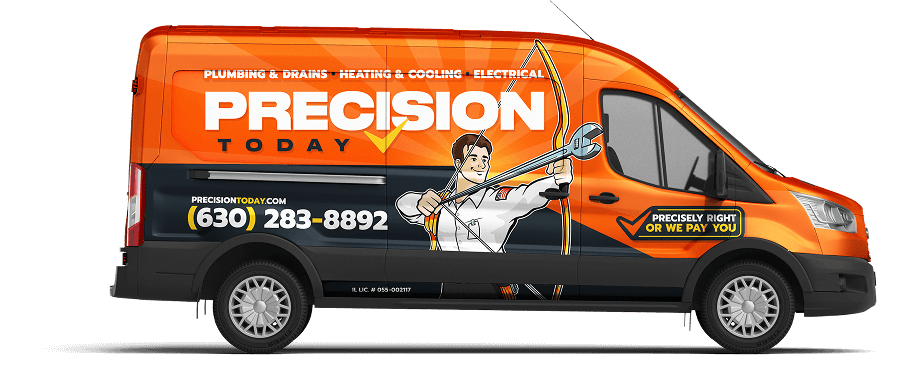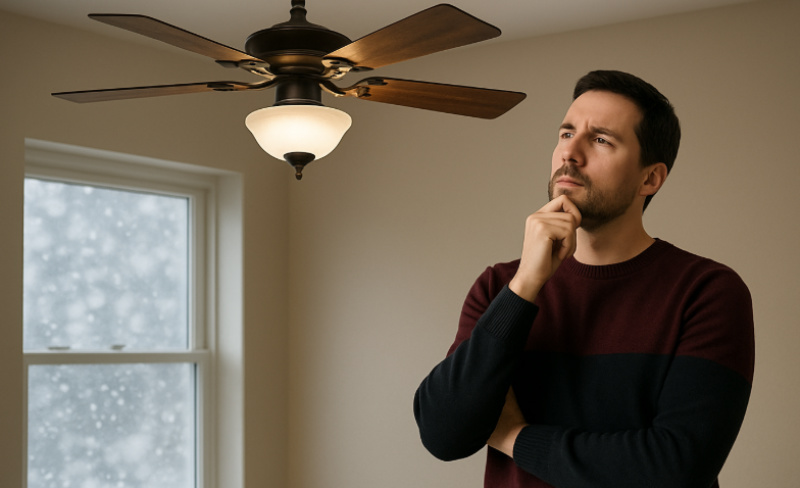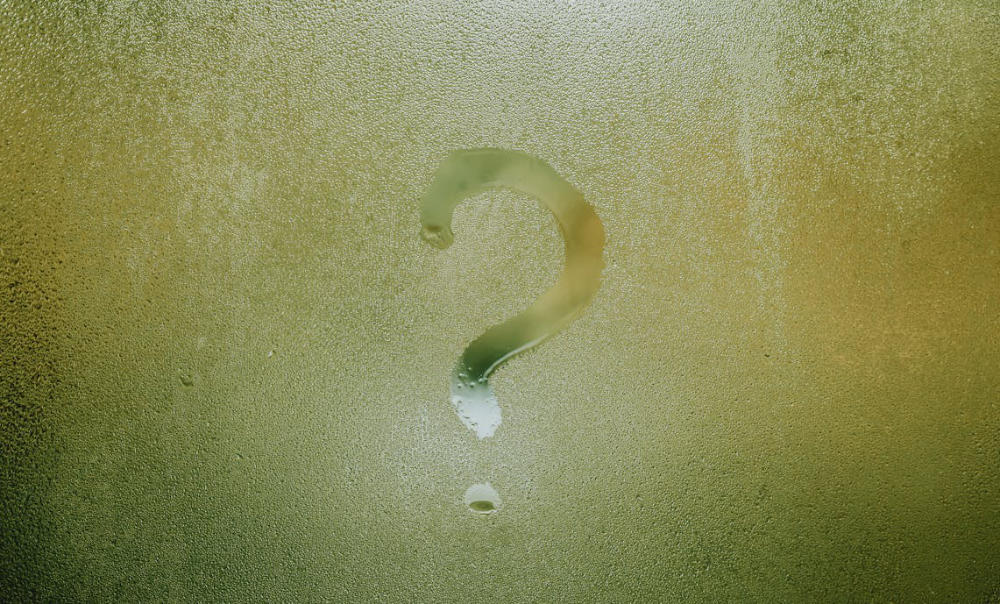The Environmental Impact of Leaky Faucets and How to Stop Them
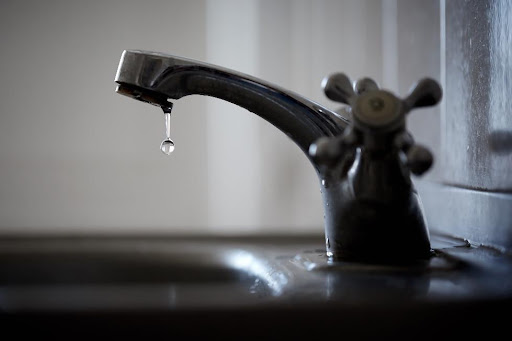
That annoying drip, drip, drip sound isn’t just keeping you up at night – it’s a water wasting criminal robbing both your wallet and nature. Most folks brush off a leaky faucet as no biggie, but those sneaky drips are secretly guzzling gallons of precious H2O behind the scenes.
Listen to these stats: If a faucet drips at just one drip every tick of the clock, that equals nearly 3,000 gallons wasted annually. Enough to take a daily dip in your very own backyard pool! Now think about how many dripping faucets exist across households everywhere. We’re talking a massive, under-the-radar source of water waste.
And it’s not just about losing money on utility bills. Wasting all that water strains natural resources and messes with the local ecosystem’s flow. It also increases the energy needed to treat and supply all that wasted liquid. So those innocent-seeming drips create an environmental drain with a shockingly big impact. What may seem minor actually requires getting a grip to protect your finances and the planet.
The Environmental Impact of Leaky Faucets
Those annoying drips have a way bigger environmental impact than you’d think. While one leaky faucet doesn’t seem like a big deal, when you consider how many millions of households are dealing with the same issue, we’re talking crazy amounts of wasted water here. And that excessive H2O waste is an ecological double-whammy in more ways than one.
First off, it strains already limited water resources and supplies. Fresh water is a finite resource that tons of people struggle to access as it is. Having billions of gallons literally go down the drain because of leaky faucets is just rubbing salt in the wound. Wasting all that treated water also means more having to be pulled from rivers, lakes, and underground aquifers to keep up with demand – further disrupting those natural water sources.
But that’s not all! All that wasted water isn’t just getting flushed away for fun. It takes a massive amount of energy to pump and treat all that water before it ever reaches your home. We’re talking power-hungry water treatment plants working overtime to process and pump all those gallons that end up needlessly circling the drain. More energy use means more greenhouse gas emissions being belched into the atmosphere, adding to climate change woes.
Then there’s the financial drain to consider. Every drip hitting your sink is money trickling away, whether it’s higher utility bills or potential water damage to your home from leaks over time. Some estimates peg the cost at up to $200 per household per year from just a few leaky faucets or fixtures! That’s cash better spent on literally anything other than paying to watch your money go down the drain.
So in a nutshell, leaky faucets create a triple-threat of environmental havoc: depleting limited water supplies, increasing energy use and emissions, and draining your wallet too. What seems minor is actually a shockingly serious waste problem when you zoom out. Those drips start looking a lot less tiny and harmless, don’t they?
Causes of Leaky Faucets
Alright, now that we’ve covered just how much of an environmental sinkhole those dripping faucets create, it’s time to investigate the likely culprits. What turns a perfectly good faucet into a water-wasting menace? As with most household appliance shenanigans, there are a few main instigators that tend to be behind those leaky faucet crimes.
The most common offender is good old-fashioned wear and tear. The washers, seals, and valve stems that control water flow in a faucet inevitably start deteriorating over years of constant use and water exposure. Rubber gaskets get dried out and cracked, metal components corrode, and mineral buildup gums up the inner workings. Eventually, all that degradation causes enough microscopic imperfections for water to start seeping through.
Of course, sometimes user error is the drip culprit too. Overtightening faucet components during installation or repairs can damage washers and seals right out of the gate. Or maybe you got a little too vigorous scrubbing off hard water stains and mineral deposits, inadvertently loosening fittings in the process. It doesn’t take much manhandling to throw those delicate valve innards out of whack.
Then there are those cases where the faucet itself was just a lemon from the start. Whether from subpar manufacturing and quality control or the wrong model being installed, a faucet that’s a poor fit for your plumbing system is practically destined for a leaky future. Those mismatched or cheapo units never stood a chance!
Finally, good old Father Time himself can do a number on faucets and plumbing fixtures as the years go by. Even the best-maintained units will eventually reach the end of their lifespan as internal components slowly degrade. At a certain point, replacing that outdated, constantly-dripping faucet is just the more cost-effective and eco-friendly solution.
So whether from age, abuse, or just shoddy components, those are the main drip-causing culprits. Once you identify which offender is to blame, you can take the proper measures to get your faucets sealed up tight and water-waste-free once more.
How to Stop Leaky Faucets
Now that we know what’s behind those annoying drips, it’s time to take action against the leaky faucet menaces. If you’re the handy type, there are some DIY fixes worth trying before calling a plumber.
The easiest solution is usually just replacing the washers and valve seals inside the faucet. These rubber gaskets control water flow and create that nice tight seal. But over time they can crack, dry out, or get gunked up – allowing drips to sneak through. Luckily, these are cheap parts that are pretty straightforward to swap out yourself with some basic tools. Just don’t lose any of those tiny pieces!
For the more adventurous, you can try fully disassembling and cleaning out the faucet’s internal components. Sometimes mineral buildup gets stuck in there, preventing a full seal. It’s kind of like doing plumbing surgery though, so make sure you can get everything back together right. One wrong move and you’ll be begging a pro to fix your fix!
If that sounds too intense, sometimes just tightening up the faucet hardware can stop leaks. Whether it’s adjusting the packing nut or giving the handle a gentle twist, you might just restore that watertight seal. Just don’t crank too hard – overtightening is also a common drip culprit.
For the DIY-challenged, it’s totally understandable to throw in the towel and call a plumber. Especially if you’re dealing with an older, corroded faucet or the drips just won’t quit. A skilled pro can quickly diagnose the issue and either repair or replace that leaky unit properly.
Preventative maintenance helps avoid drips too. Get in the habit of periodically checking washers, aerators, and fittings for any signs of mineral buildup or deterioration. Replacing old units and doing basic care goes a long way.
At the end of the day, fixing leaky faucets is an easy way to start saving water and money. Those individual drips add up fast, so taking a little time to get them sealed tight pays off for both your wallet and the environment. Every drop conserved counts!
Additional Water Conservation Strategies
Okay, so fixing those leaky faucets is a solid first step, but don’t stop there if you really want to save some serious H2O. There are plenty of other simple tricks and upgrades you can make around the house to cut down on water waste even further.
One easy win is replacing your old faucets and showerheads with new low-flow models. These things basically put your water on a diet by restricting the flow rate without killing the pressure. Crazy how just making that one swap can save thousands of gallons per year, right? It’s like hydroelectric portion control for your pipes.
Speaking of showers, that’s a major water waster for most folks. Simply cutting your shower time down by 2-3 minutes can conserve hundreds of gallons each month. Or be bold and install one of those fancy pause valve showerheads that temporarily stops flow when you’re lathering up. Every little change adds up over time.
Don’t forget to also do a dye test on your toilets while you’re at it. Those old flappers and fill valves can low-key turn your throne into a phantom flusher that secretly drains tons of water. Catching constant leaks there can put a serious dent in your utility bills.
Out in the rest of your home, keep an eye peeled for any dripping pipes, leaky hose bibs, or other sources of moisture buildup. Fixing those constant tiny drips prevents both water waste and potential property damage down the road. It’s like an endless game of plumbing whack-a-mole though – as soon as you solve one leak, another one springs up!
Finally, don’t underestimate the power of simply adopting some better water-wise habits and behaviors. Only running full loads of laundry, scraping before rinsing dishes, turning off the faucet while brushing your teeth – little things like that can seriously add up to conserving thousands of gallons annually. It’s those mindless day-to-day wastes that are the real water guzzlers.
The bottom line is just being more conscious and intentional about your water usage overall. All those little drips, trickles, and streams you mindlessly let go to waste quickly turn into a raging river of environmental impact over time. But making a few simple upgrades and adjustments can easily turn off that faucet of waste. Less water wasted means more saved for the things that actually matter!
A Drip in the Bucket for a Better Planet
At the end of the day, fixing those leaky faucets and cutting down on household water waste is one of the easiest ways to start being more eco-friendly. What seems like just a few negligible drips can really add up to a massive drain on natural resources and energy consumption when you look at the bigger picture.
So take some time to inspect all your plumbing fixtures and make those simple upgrades and repairs. Install low-flow aerators, replace washers, and adjust habits to eliminate constant drips and mindless water guzzling. Every little drop of water you conserve counts!
If you need some professional backup for really stubborn leaks or full fixture replacements, don’t hesitate to call the water-saving experts at Precision Today. Our skilled plumbers have the tools and know-how to get your faucets flowing properly again without a drip wasted. Conserve water and save money by scheduling your service call today at (630) 425-8995!



Join the Precision Today Zero Problems Plan! As a member, you’ll receive all these benefits and more:
- Seasonal HVAC Maintenance
- Priority service
- No dispatch fees
- Transferrable membership
- 10% discount on future repairs
When you sign up for the Zero Problems Plan, you'll gain access to exclusive discounts, providing everyday savings on the services you need.
Ready to streamline your plumbing, heating, cooling, and electrical maintenance needs? Join today by calling (630) 425-8995.
